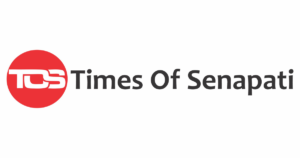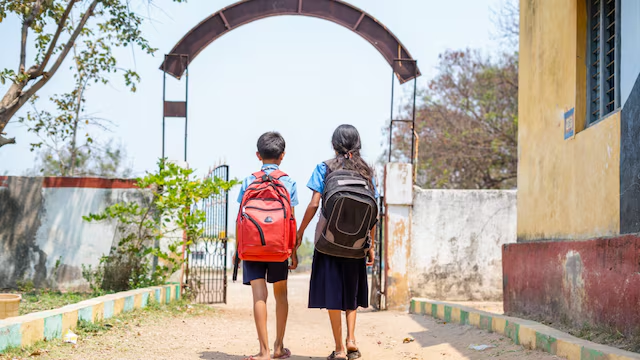NEW DELHI, Jan 29: The Annual Status of Education Report (ASER) 2024, released on Tuesday, reveals significant strides in learning recovery, digital literacy gains, and shifting enrollment trends in rural India. Government schools have shown stronger learning recovery compared to private schools, with improvements in reading and arithmetic skills as well as digital literacy.
The ASER 2024 survey, conducted by Pratham, a non-governmental organization, covered 649,491 children across 17,997 villages in 605 rural districts. It highlighted that both government and private school enrollments have returned to pre-pandemic levels, with notable improvements in educational outcomes.
Key Findings from ASER 2024
- Significant Improvement in Learning Levels: The proportion of Class III students in government schools who can read a Class II textbook increased to 23.4% in 2024, up from 16.3% in 2022. Basic arithmetic levels among Class III students improved to 33.7% in 2024, up from 28.1% in 2018.
- State-wise Performance: Uttar Pradesh saw the biggest gains, with reading levels in government schools rising 15 percentage points to 27.9% in 2024, up from 12.3% in 2018. Several states, including Haryana, Himachal Pradesh, Maharashtra, and Bihar, recorded significant improvements in reading levels between 2022 and 2024.
- Govt vs Private Schools: The report found that learning recovery has been stronger in government schools than in private schools. While both sectors have made progress, private schools have yet to fully recover to their pre-pandemic learning levels. Despite these gains, 30% of children still struggle to read a Class II textbook.
- Enrollment Trends: The enrollment in government schools, which surged during the pandemic, is now returning to pre-pandemic levels. It increased to 72.9% in 2022, from 65.6% in 2018, but has since decreased to 66.8% in 2024. Overall, school enrollment for 6 to 14-year-olds stands at 98.1%, almost the same as in 2022.
- Decline in Underage Enrollment: The proportion of children aged five or younger enrolled in Class I has dropped to 16.7%, the lowest level ever recorded.
- Digital Literacy and Smartphone Access: Digital literacy has seen substantial growth. Among 14-16-year-olds, 85.5% of boys and 79.4% of girls reported knowing how to use a smartphone. Smartphone ownership in rural households has grown from 36% in 2018 to 84% in 2024. However, despite rising digital access, only 57% of teenagers use smartphones for educational purposes, with 76% using them for social media. Kerala stands out, with more than 80% of children using smartphones for education.

What’s Driving These Trends?
The report attributes the learning improvements to the National Education Policy (NEP) 2020 and the Nipun Bharat Mission, which focuses on foundational literacy and numeracy. The pandemic’s shift to digital tools, including smartphones for study materials and video lessons, has also played a significant role in maintaining educational continuity. Moreover, the rise of artificial intelligence (AI) in education and the use of digital tools to break language barriers have been key drivers in enhancing learning.
While smartphone usage for education has seen growth, there remains a gap in its widespread use for educational purposes. As digital tools continue to evolve, the integration of technology into the education system is likely to further shape learning outcomes in rural India.

